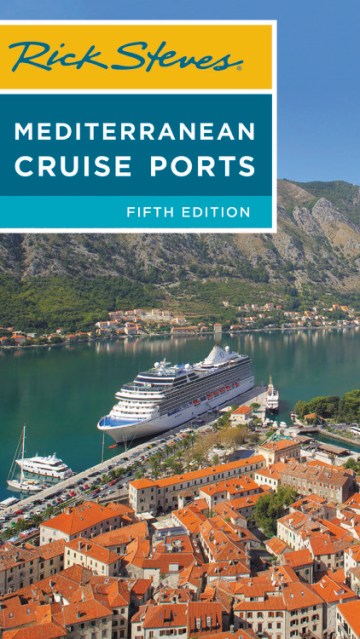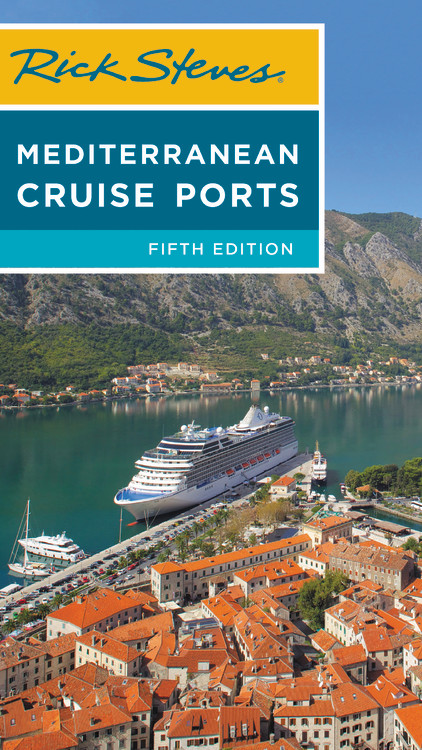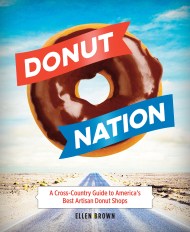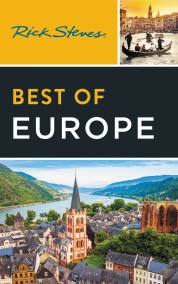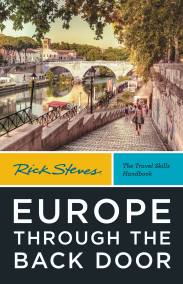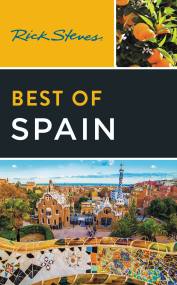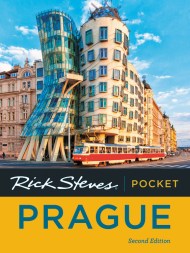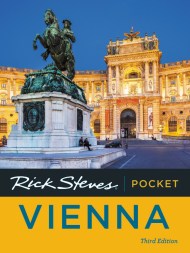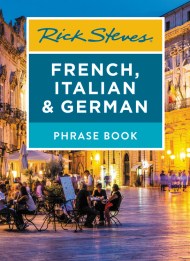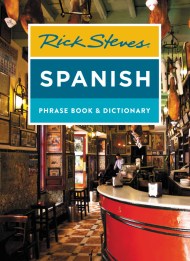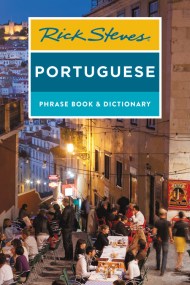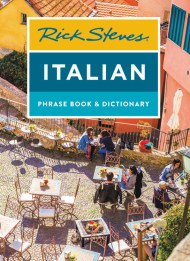Promotion
Use code MOM24 for 20% off site wide + free shipping over $45
Rick Steves Mediterranean Cruise Ports
Contributors
By Rick Steves
Formats and Prices
Price
$27.99Price
$34.99 CADFormat
Format:
- Trade Paperback $27.99 $34.99 CAD
- ebook $18.99 $24.99 CAD
This item is a preorder. Your payment method will be charged immediately, and the product is expected to ship on or around October 29, 2019. This date is subject to change due to shipping delays beyond our control.
Also available from:
Set sail and dive into Europe's magnificent port cities with Rick Steves Mediterranean Cruise Ports! Inside you'll find:
- Rick's expert advice on making the most of your time on a cruise and experiencing each city, with thorough coverage of 23 ports of call
- Practical travel strategies including how to choose and book your cruise, adjusting to life onboard, and saving money
- Self-guided walks and tours of each port city so you can hit the best sights, sample local cuisine, and get to know the culture, even with a short amount of time
- Essential logistics including step-by-step instructions for arriving at each terminal, getting into town, and finding necessary services like ATMs and pharmacies
- Rick's reliable tips and candid advice on how to beat the crowds, skip lines, and avoid tourist traps
- Helpful reference photos throughout and full-color maps of each city
- Useful tools like mini-phrasebooks, detailed instructions for any visa requirements, hotel and airport recommendations for cruise access cities, and what to do if you miss your ship
- Full list of coverage: Provence, Marseille, Toulon and the Port of La Seyne-sur-Mer, Cassis, Aix-en-Provence, Nice, Villefrance-sur-Mer, Cap Ferrat, Monaco, Cannes, Antibes, Florence, Pisa, Lucca, the Port of Livorno, Rome, the Port of Civitaveccia, Naples, Sorrento, Capri, Pompeii, Herculaneum, the Amalfi Coast, Venice, Dubrovnik, Athens, the Port of Piraeus, Mykonos, Santorini, Corfu, Olympia and the Port of Katakolo, Crete and the Port of Heraklion, and Rhodes
Maximize your time and savor every moment in port with Rick Steves Mediterranean Cruise Ports.
Heading north? Pick up Rick Steves Scandinavian & Northern European Cruise Ports.
Genre:
- On Sale
- Oct 29, 2019
- Page Count
- 1191 pages
- Publisher
- Rick Steves
- ISBN-13
- 9781641710954
Newsletter Signup
By clicking ‘Sign Up,’ I acknowledge that I have read and agree to Hachette Book Group’s Privacy Policy and Terms of Use
